History
The Svenska Aeroplan Aktiebolaget SAAB 37 Viggen is a multi-role supersonic combat aircraft.
Since 2005, the SAAB 37 Viggen airplane has been exhibited at the Polish Aviation Museum.
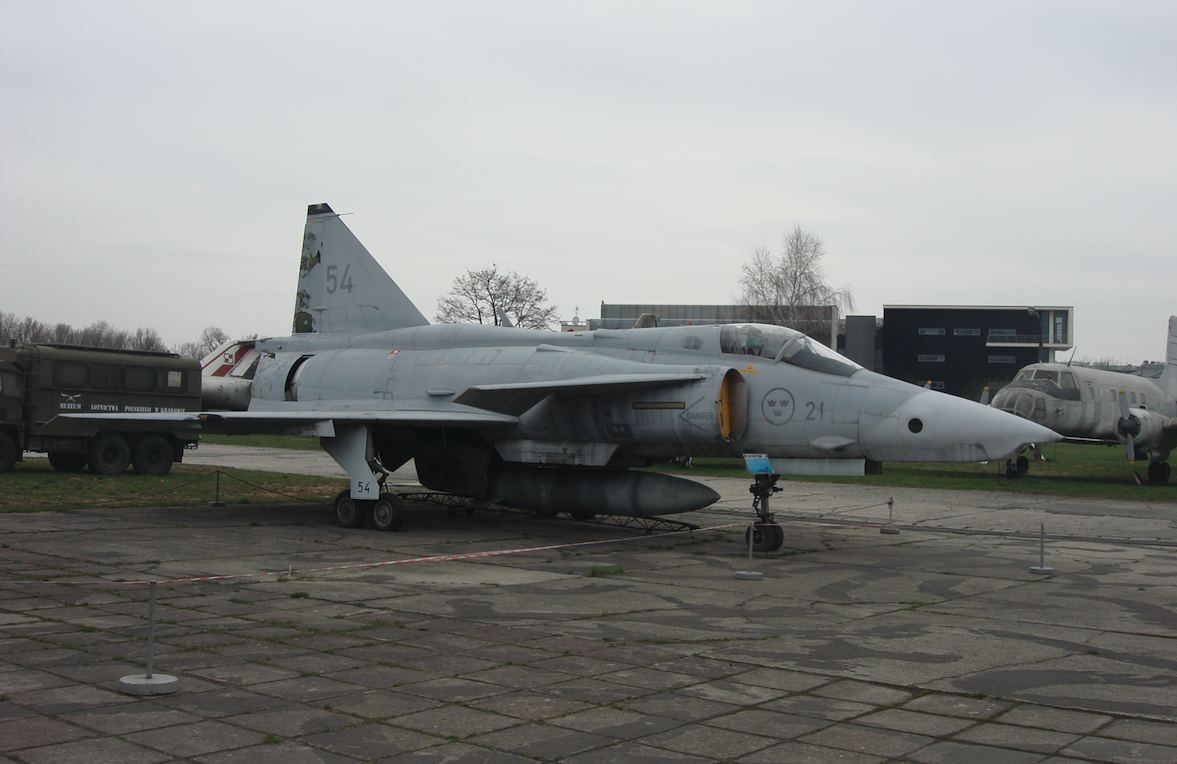
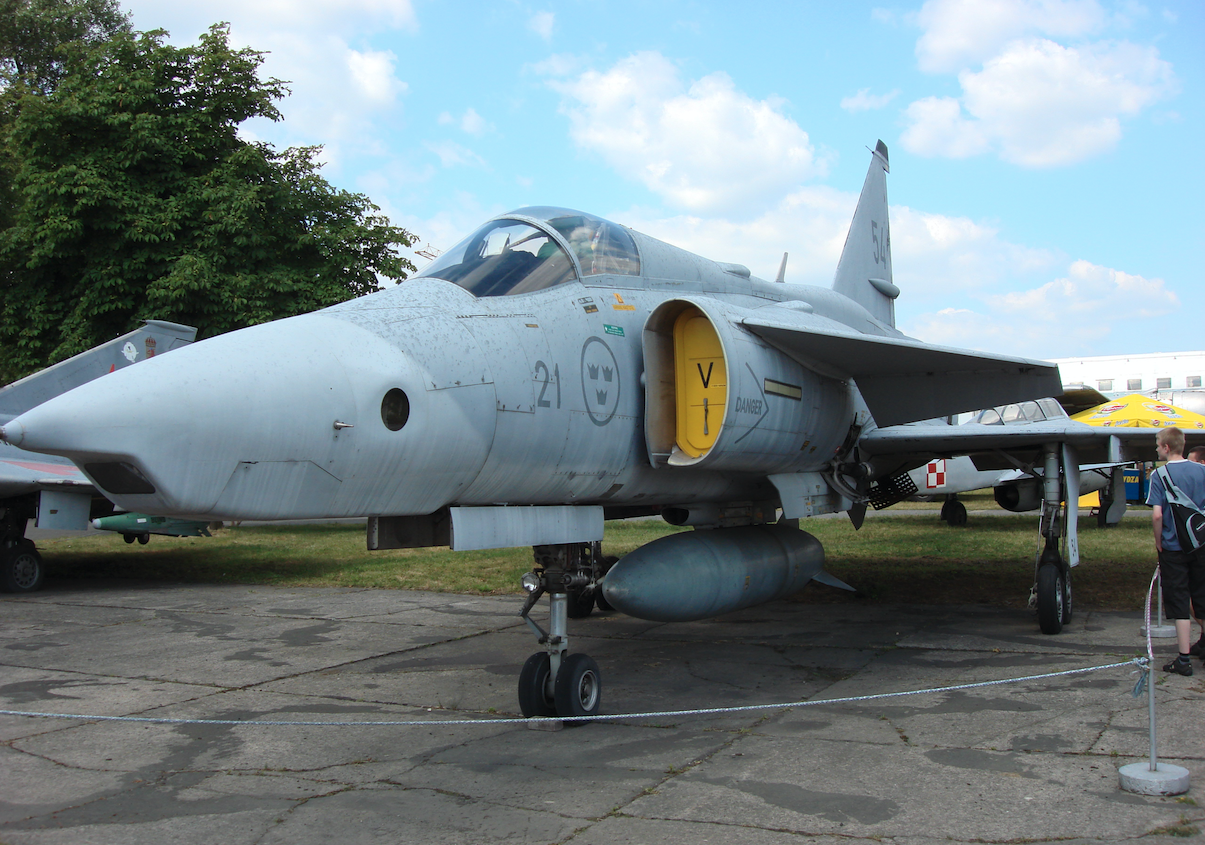
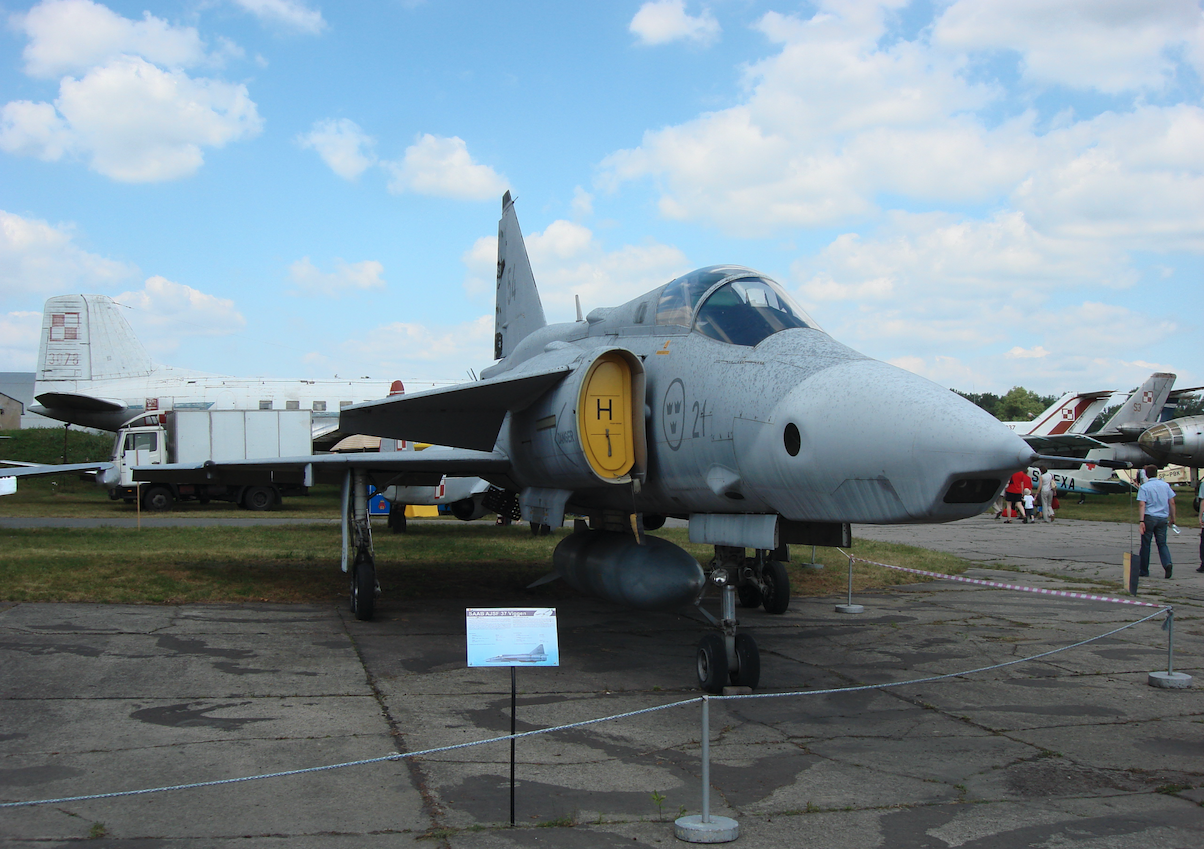
Reconnaissance aircraft SF 37 and SH 37.
At a time when the first prototypes were already in flight (1967 year), SAAB's design office focused on the reconnaissance version, the land and sea versions separately. The first was the ready version of the SF 37 - land. It is equipped with a set of cameras to take pictures during the day and night, in visible light and infrared. 4 short focal length cameras, 2 long focal length cameras and 1 infrared camera. The aircraft also has a radio-electronic reconnaissance device, an infrared sensor, a tape recorder and a data recording camera coordinating the aircraft's position, course, altitude, target location and other information. The plane is not defenseless. On the outer locks under the wings there are 2 k.p.r. p-p class. For internal 2 accumulators for active and passive disturbances. From 1 to 3 additional fuel tanks are suspended under the fuselage. The first flight was made on May 24, 1973.
On December 10, 1974, SH 37 flights intended for patrolling and maritime reconnaissance began. A long-range radar station was placed in the bow of the plane, while the camera and the WRe jamming set were installed in a container placed under the fuselage. A special camera is installed in the cabin, which takes pictures of the screen of the radar station.
Deliveries of both versions to units began in 1975. Pilot training began in October 1976, and combat readiness was achieved in 1981.
SAAB SF 37 at the Polish Aviation Museum in Krakow.
The SAAB SF-37 Viggen nb 21-54 plane was delivered to the Polish Aviation Museum in Kraków (Czyżyny) in December 2005. The plane came to Poland thanks to the Museum of the Swedish Air Force and personal contacts of employees of both institutions. The SAAB 37 plane arrived at the Balice Airport on its own. The plane was barely armed. Transport from Balice Airport to the Museum took place along the streets of Krakow. The plane was towed at night, on its own chassis. Due to logistical difficulties, the transport took two nights. The outer parts of the wings were not removed from the plane, so it was necessary to temporarily remove some of the posts with road signs that stood along the route. The plane had a complex vertical tail, so there were no difficulties with street telephone and electric wires. The plane was placed on the open-air exhibition in front of the main hangar.
The plane is painted gray. All identification marks and side numbers are also painted with gray, darker paint in order to make recognition difficult. The plane in the cabin area has the emblem of the Swedish Air Force - "Three Crowns" and the bit number "21". The vertical tail has squadron number "54". An additional fuel tank with a capacity of 800 liters is suspended under the fuselage of the aircraft.
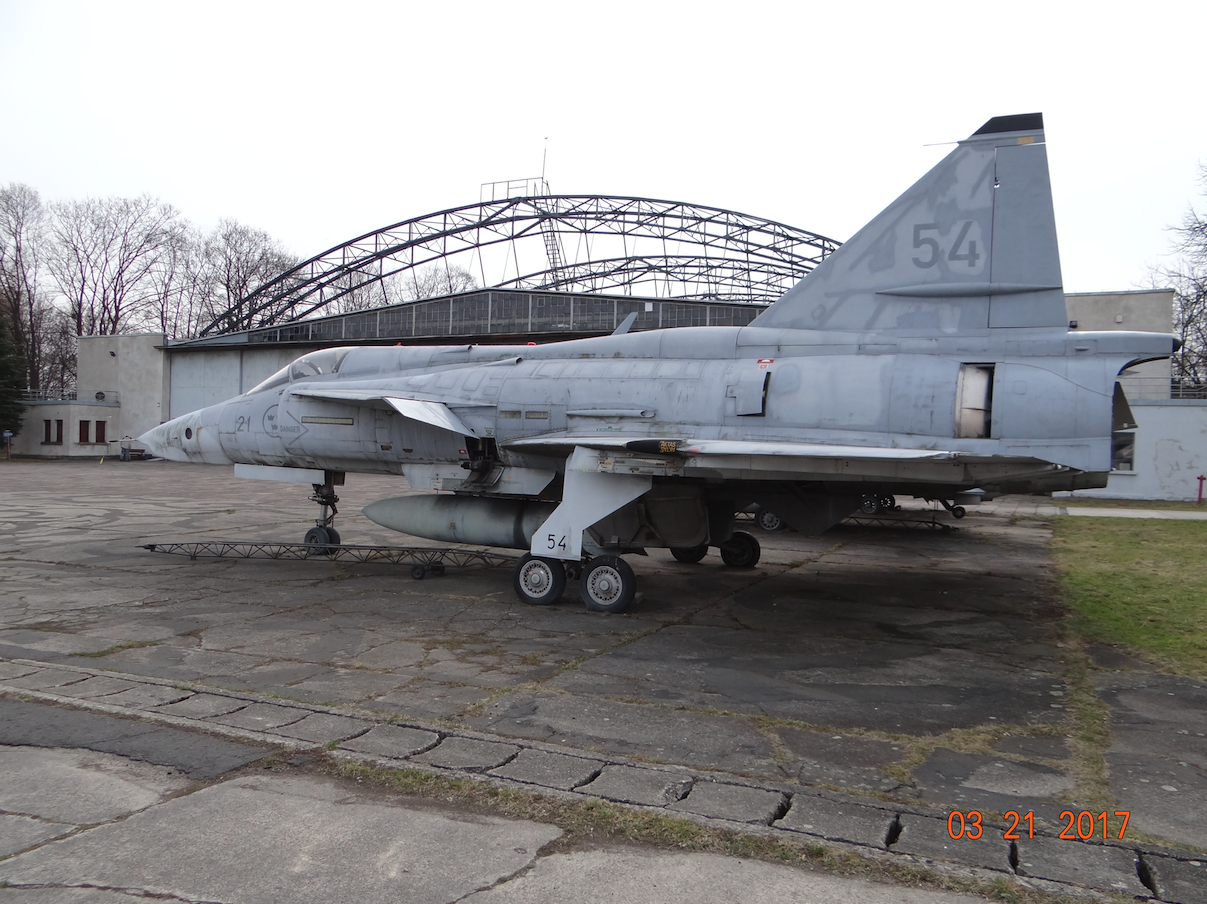
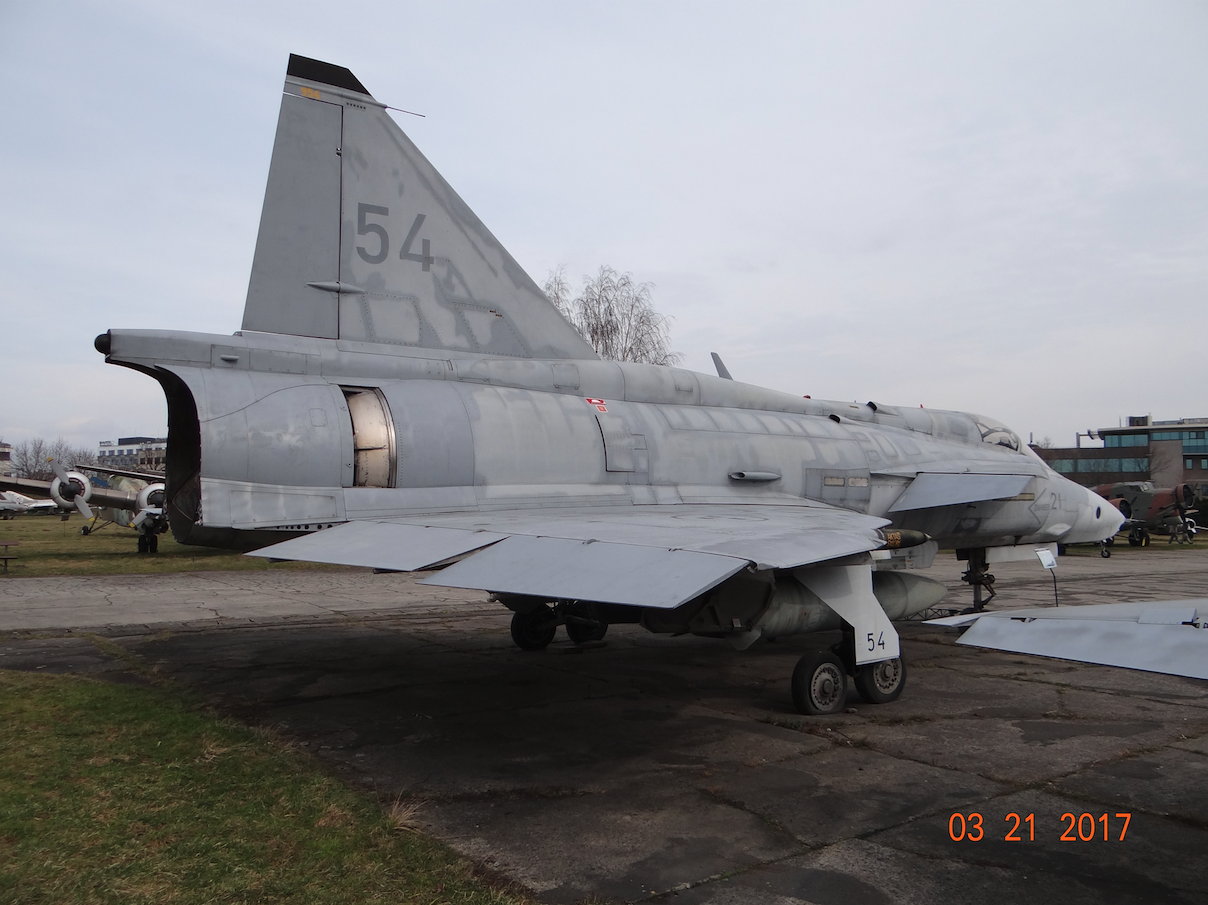
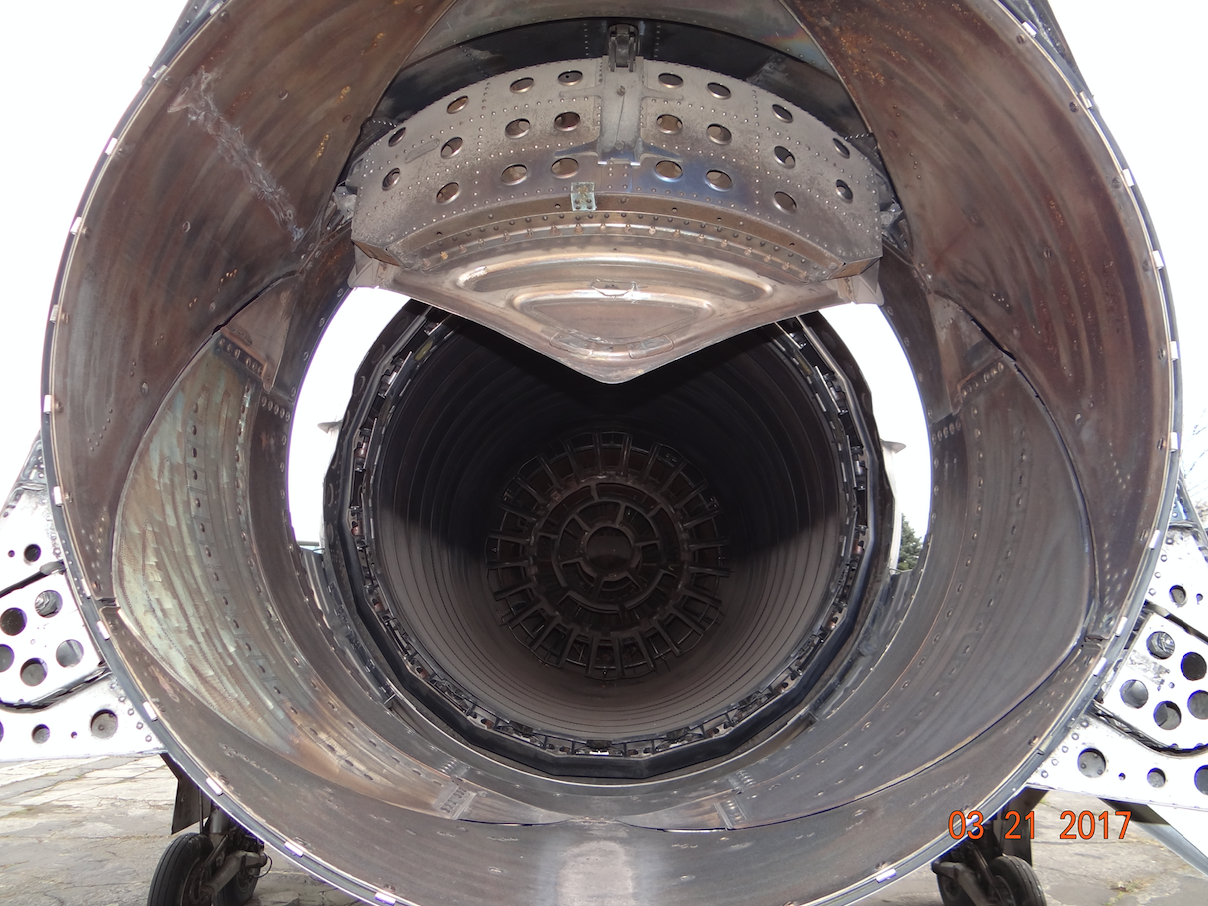
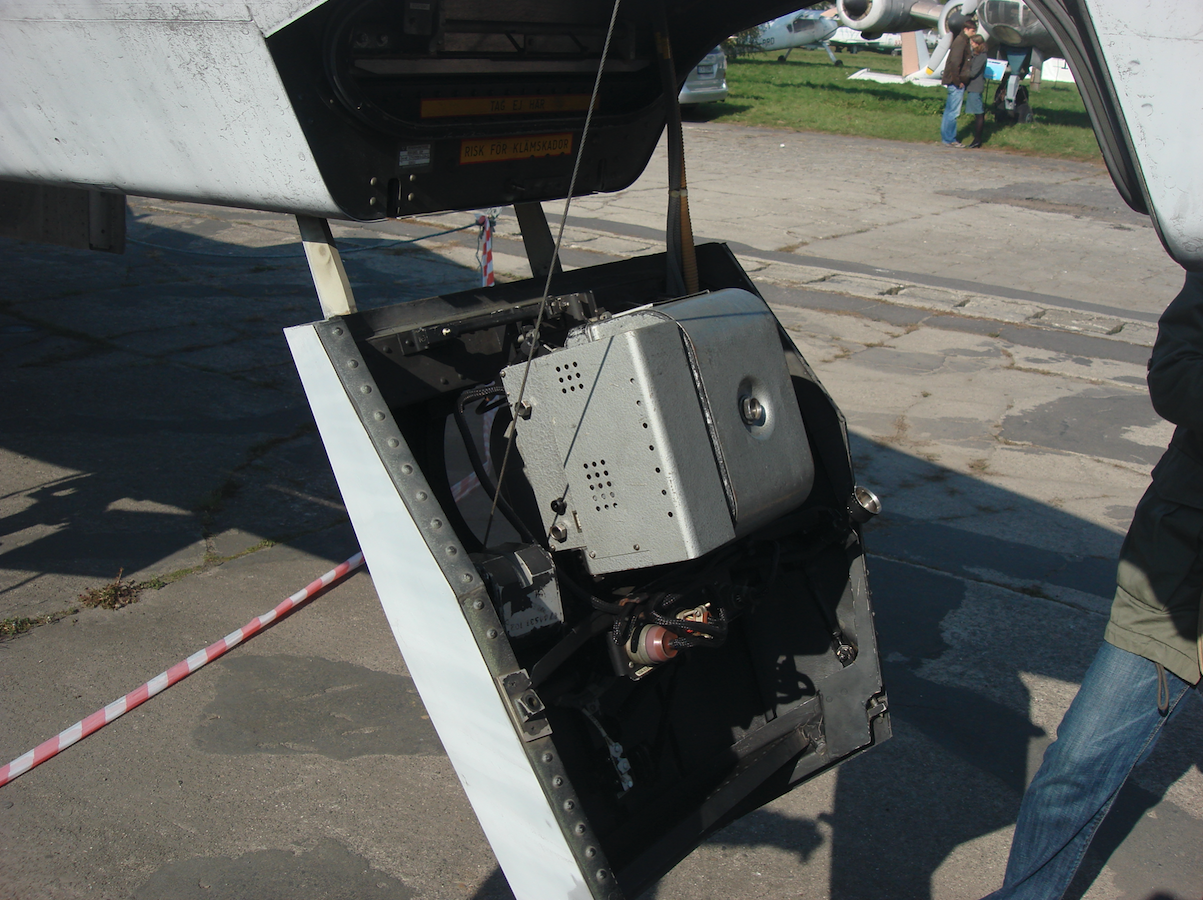
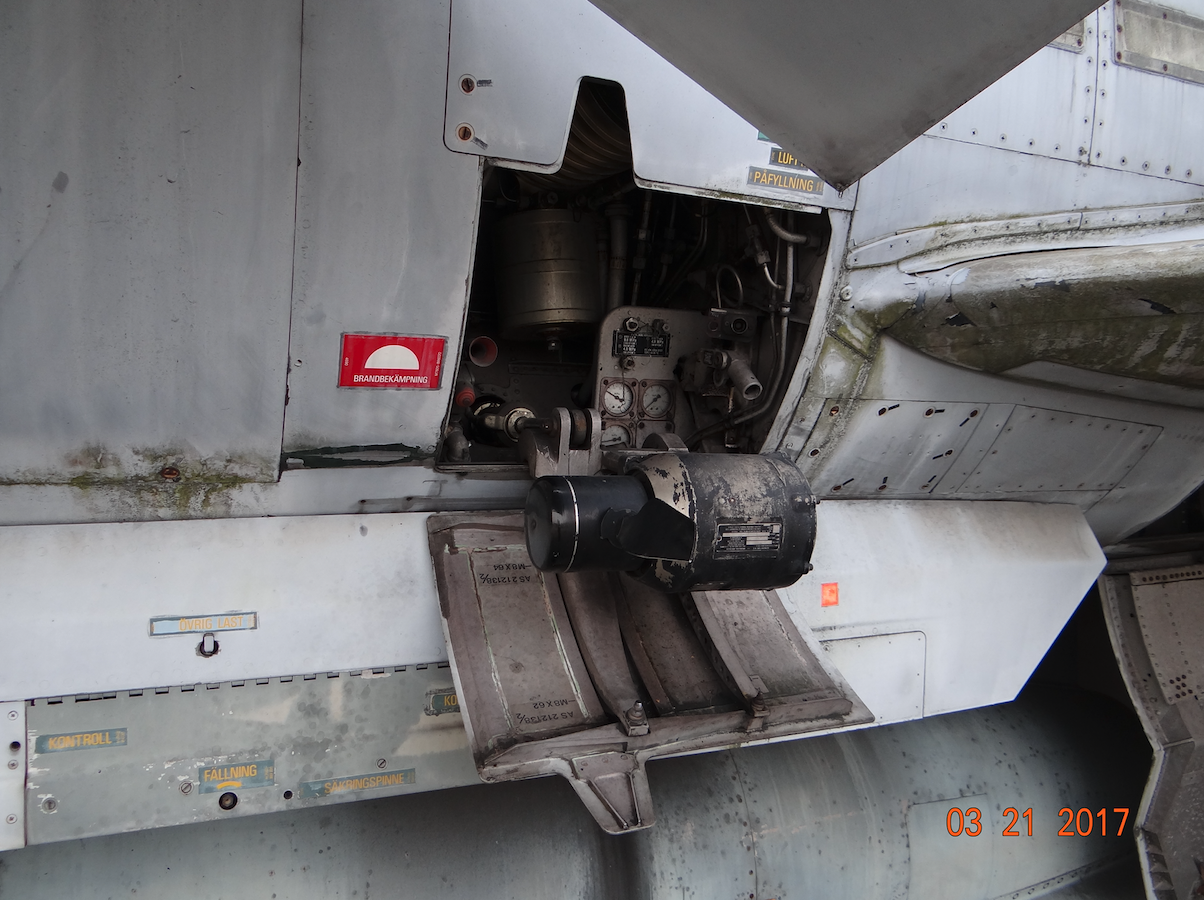
Written by Karol Placha Hetman
